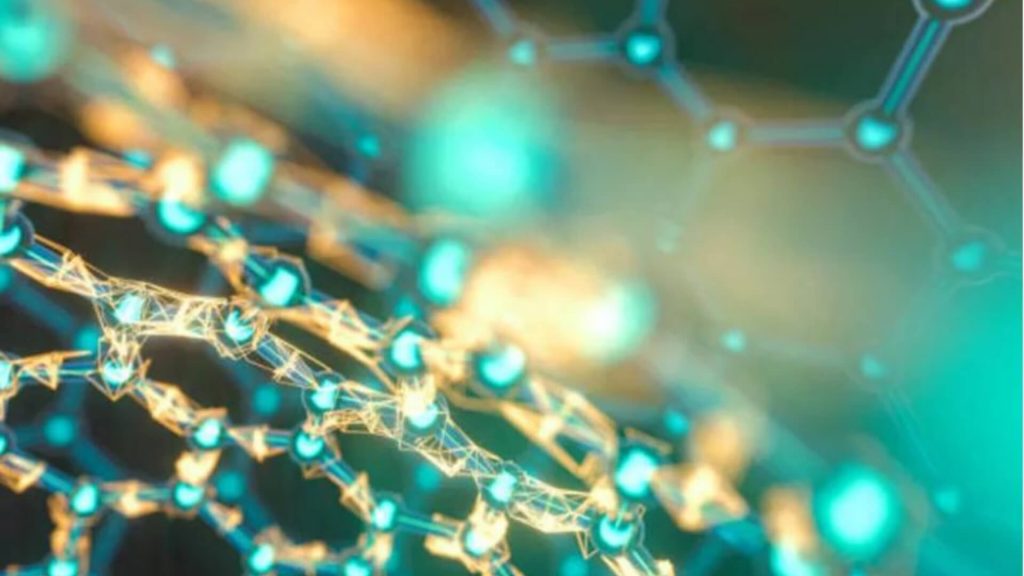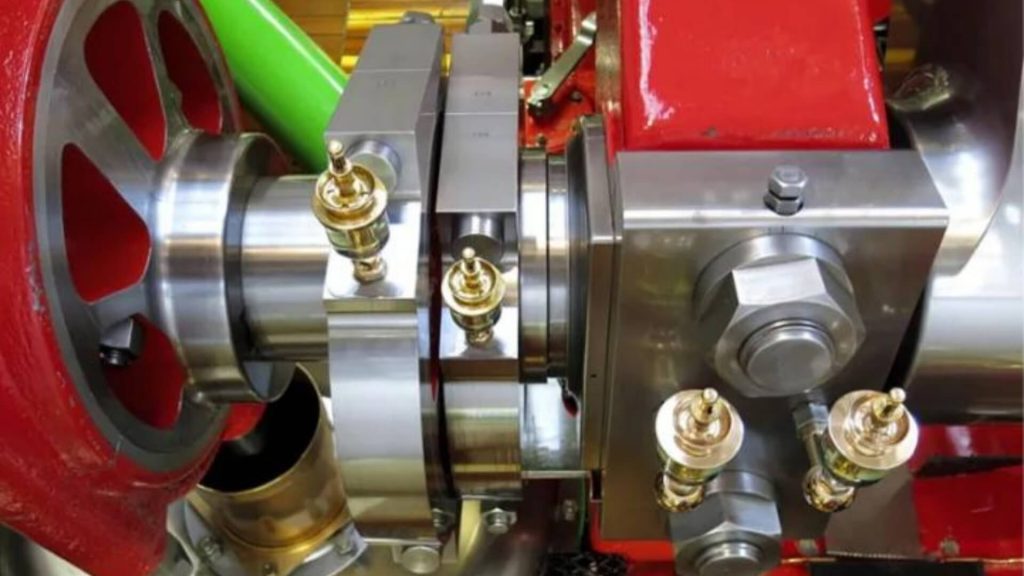The magic of the microscopic world, take you to decipher nano-electroplating
In the era of rapid development of science and technology, nanotechnology is like a bright new star, shining in various frontier fields. As an emerging electroplating technology, nano-electroplating combines nanotechnology with traditional electroplating processes. By introducing nanomaterials or controlling the nanostructure of the coating during the electroplating process, a coating with excellent performance is obtained. The core is to use the special properties of nanoparticles, such as high specific surface area, high activity and unique physical and chemical properties, to improve the performance of the electroplating layer. During the electroplating process, nanoparticles can be dispersed in the electroplating solution as additives. As the electroplating process proceeds, the nanoparticles will be deposited on the surface of the substrate and form a composite coating with other electroplating ions. This coating not only has the protection and decorative functions of traditional electroplating coatings, but also has unique performance advantages.
 Ⅰ. Main performance advantages of nano-electroplating coatings
Ⅰ. Main performance advantages of nano-electroplating coatings
1. Hardness and wear resistance
Due to the addition of nanoparticles, the hardness of the electroplating coating has been significantly improved. For example, after adding nano-diamond particles to traditional nickel-phosphorus electroplating, the hardness of the coating can be increased several times or even dozens of times. This high-hardness coating has broad application prospects in mechanical processing, aerospace, automobile manufacturing and other fields. It can effectively reduce the wear of mechanical parts and extend the service life of equipment, while also improving the accuracy and reliability of equipment.
2. Corrosion resistanceThe corrosion resistance of nano-electroplating coatings has also been greatly improved. Nanoparticles form a special microstructure in the coating. This structure can effectively block the invasion of corrosive media, thereby improving the corrosion resistance of the coating. For example, the coating formed by composite electroplating of nano-ceramic particles and metal ions has several times or even dozens of times higher corrosion resistance than traditional electroplating coatings. This coating can be widely used in marine engineering, chemical equipment, electronic devices and other fields to provide long-term anti-corrosion protection for equipment.
3. Optical properties
Nano-electroplating coatings also have unique optical properties. Due to the size effect of nanoparticles, when light is irradiated to the surface of the coating, special scattering, absorption and reflection phenomena occur. For example, the coating formed by composite electroplating of nano-silver particles and metal ions can present unique optical effects, such as color changes and increased gloss. This coating can be applied to optical devices, decorations and other fields, adding unique visual effects to the products4. Electrical properties
The electrical properties of nano-electroplating coatings have also been significantly improved. Some nanoparticles have special conductivity or semiconductor properties. When they are electroplated with metal ions, they can form coatings with specific electrical properties. For example, the coating formed by the composite electroplating of nano-carbon tubes and metal ions has good conductivity and electromagnetic shielding properties. This coating can be applied to electronic equipment, communication equipment and other fields to improve the electromagnetic compatibility and signal transmission performance of the equipment.

Ⅱ. Main application areas of nano-electroplating
1. Mechanical manufacturing
Due to the addition of nanoparticles, the hardness of the electroplating coating has been significantly improved. For example, after adding nano-diamond particles to traditional nickel-phosphorus electroplating, the hardness of the coating can be increased several times or even dozens of times. This high-hardness coating has broad application prospects in mechanical processing, aerospace, automobile manufacturing and other fields. It can effectively reduce the wear of mechanical parts and extend the service life of equipment, while also improving the accuracy and reliability of equipment2. Aerospace
The aerospace field has extremely high performance requirements for materials, requiring high strength, high hardness, high wear resistance, high corrosion resistance and other properties. Nano-electroplating coatings can meet these requirements and are used to manufacture aerospace engine parts, aircraft surface coatings, etc. For example, coatings formed by composite electroplating of nano-ceramic particles and metal ions can effectively improve the wear resistance and high temperature resistance of engine parts, while also reducing the weight of parts and improving the fuel efficiency and flight performance of aircraft.3. Electronics and electrical appliancesIn the field of electronics and electrical appliances, nano-electroplating coatings can be used to manufacture high-performance electronic components and circuit boards. For example, coatings formed by composite electroplating of nano-silver particles and metal ions have good conductivity and antioxidant properties and can be used to manufacture high-performance conductive circuits and connectors. In addition, nano-electroplating coatings can also be used to manufacture electromagnetic shielding materials to prevent electromagnetic interference and improve the reliability of electronic equipment4. Automobile industry
The automobile industry is one of the important areas of nano-electroplating applications. Nano-electroplating coatings can be used to manufacture automobile engine parts, brake system parts, etc. For example, nano-body surface coatings, coatings formed by composite electroplating of diamond particles and metal ions can effectively improve the wear resistance and corrosion resistance of engine piston rings, thereby improving the service life and performance of the engine. At the same time, nano-electroplating coatings can also be used for the decoration and protection of automobile bodies, improving the glossiness and corrosion resistance of the body and extending the service life of the car. Ⅰ. Main performance advantages of nano-electroplating coatings
Ⅰ. Main performance advantages of nano-electroplating coatings